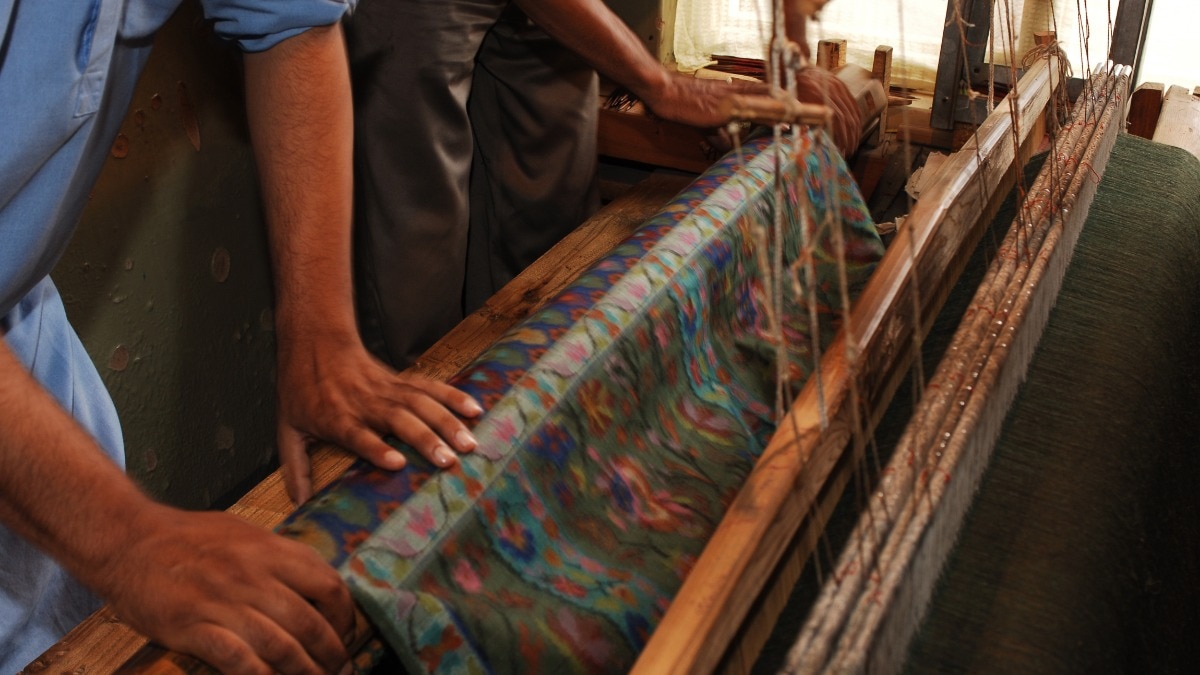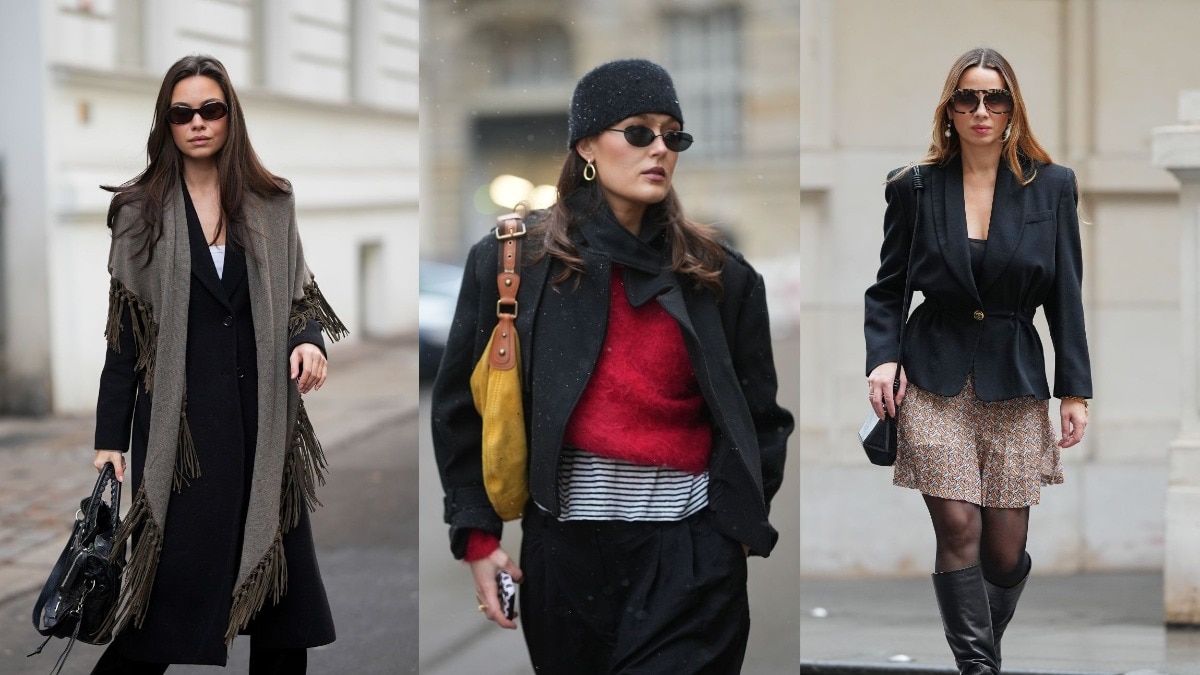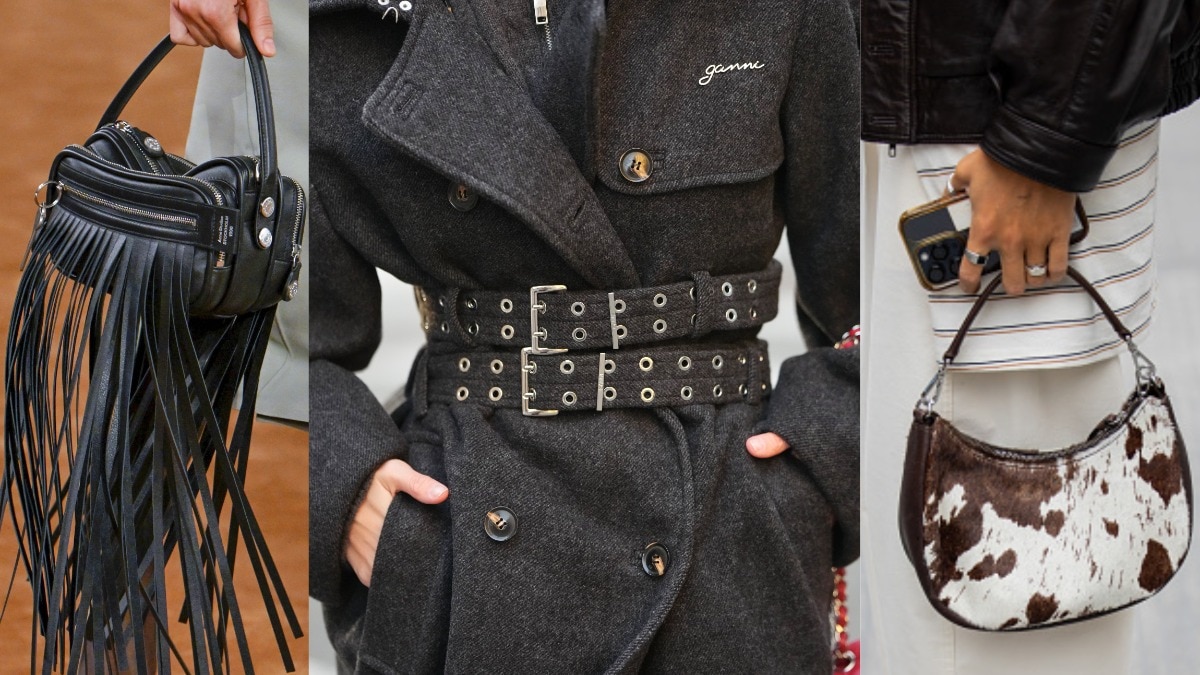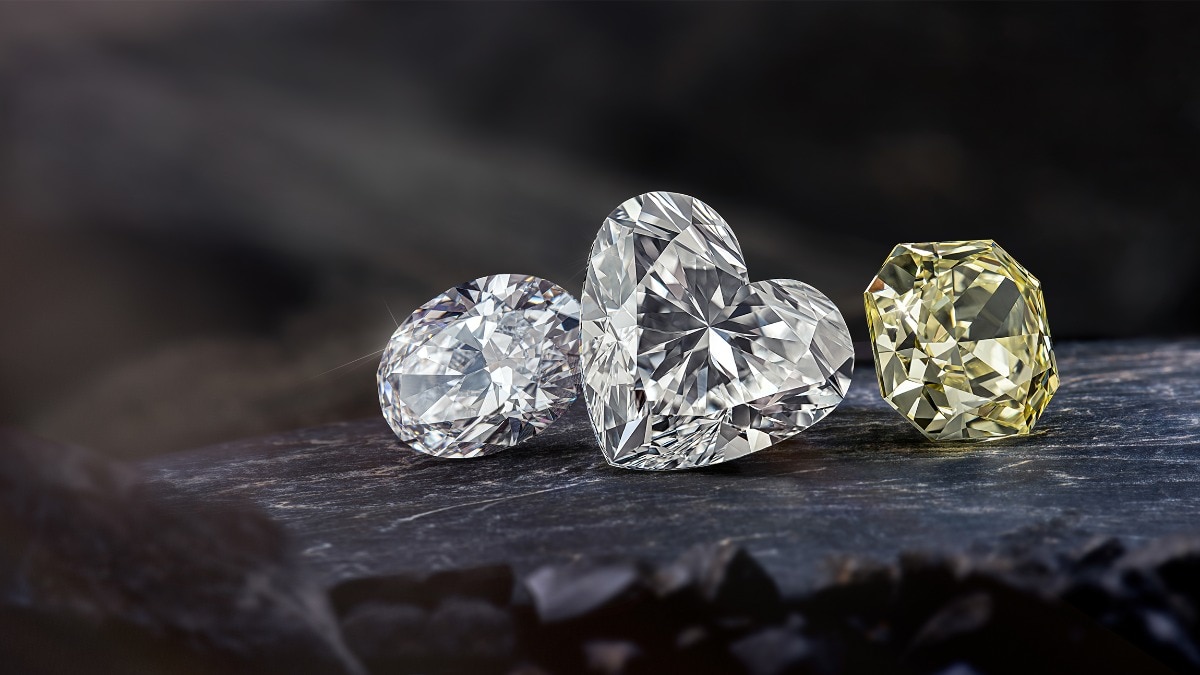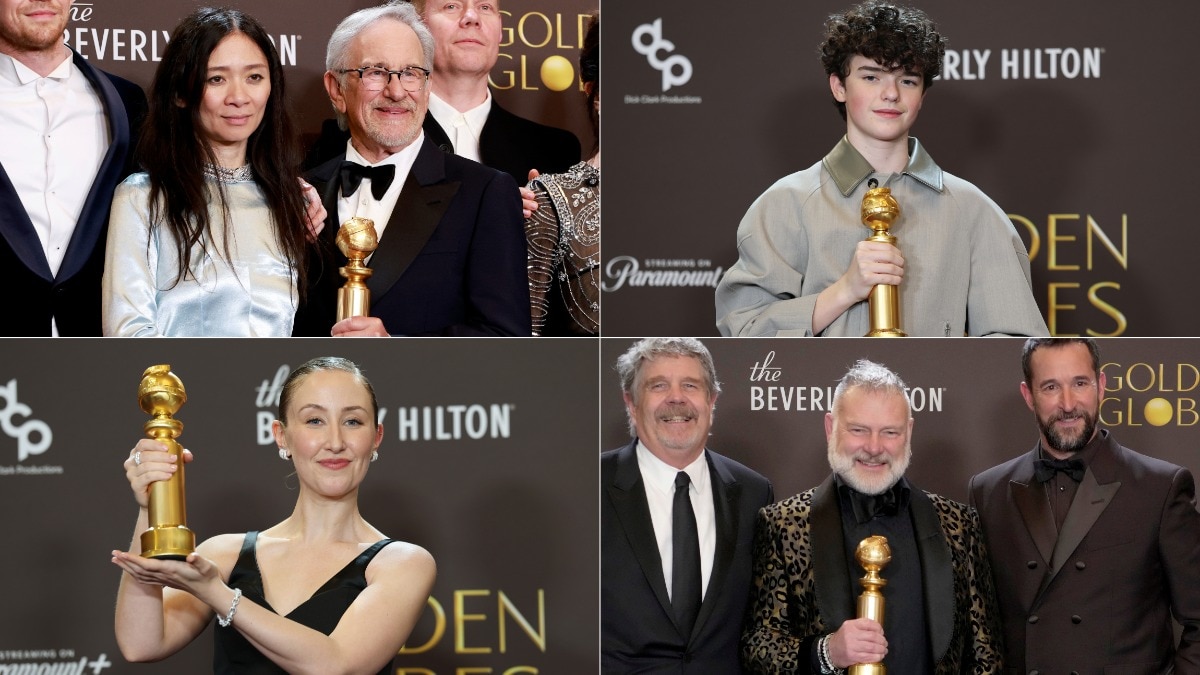
This Cartier exhibition chronicles the maison’s artistic inspirations from the East
The Cartier, Islamic Inspiration and Modern Design exhibition at Louvre Abu Dhabi celebrates the legacy of jewellery design.


Founded in 1847, Cartier is renowned for its exceptional design, craftsmanship, customer understanding, and innovative sales techniques. The third generation of the Cartier family, brothers Louis, Jacques, and Pierre Cartier transformed Cartier from an established Parisian jeweller to an international symbol of avantgarde style and glamour in the first half of the 20th century. As researchers, jewellery historians, writers, and family members have delved deeper into the Cartier archives, the influence of Islamic and Indian culture and art has emerged as a key contributor towards the development of Cartier’s design lexicon.
A new jewellery and art exhibition, Cartier, Islamic Inspiration and Modern Design, showcases 400 works from Louvre Abu Dhabi, partner museums (Musée des Arts Décoratifs, Musée du Louvre, France Muséums), the Cartier Collection and private collections, to explore over a century of artistic influence. This exhibition originated from a project titled Cartier and Islamic Art: In Search of Modernity (Paris-Dallas 2021-2022), which was conceived and co-organised by the Dallas Museum of Art and the Musée des Arts Décoratifs, Paris, with the exceptional collaboration of the Musée du Louvre and the support of Maison Cartier.

Guilhem André, the acting director of curatorial, scientific, and collection management department at Louvre Abu Dhabi, explains, “The exhibition is a prime example of how the past continues to inspire the present. Featuring previously unseen works, visitors will delve into the creative process behind the craftsmanship that combines the rich heritage of Islamic art with the creative innovations of the 20th century Parisian workshops. It also presents an exciting opportunity to engage various audiences, particularly the growing design community in the UAE.”
During the early 1900s, France’s increased colonial hold in North Africa and its influence over the Middle East led to an influx of Islamic artifacts from Persia, modern-day Turkey, to Paris. Cartier’s Islamic Art journey began with Louis Cartier, who was a passionate collector of rare books, Japanese inro (decorative container), and Persian and Mughal miniature paintings. His purchases were driven by how he could interpret a design motif from a Persian manuscript, a Mughal painting, or the binding on an Islamic book into Cartier’s jewellery. Louis also set aside a stock of artefacts, pieces of old jewellery, antique fragments, to integrate in Cartier creations.

In 1912, an exhibition of Persian miniatures organised by French art collector Georges Marteau and jeweller Henri Vever at the Musée des Arts Décoratifs featured donations by Louis Cartier, solidifying his position as a serious collector of Islamic Art. Other events, like the exotic and colourful Russian ballet, Schéhérazade in 1910, also had a profound impact on Parisian designers, who began introducing oriental design elements into their work.
Jewellery historian and Cartier expert, Olivier Bachet, the director of IAJA (International Antique Jewelers Association) Expertise, and author of several publications on Cartier, with the most recent being Au Commencement Était le Trait, Cartier Dessins Art Deco 1910-1930, explains, “Cartier had fantastic success with neo-classical jewellery in the 19th century, which comprised platinum jewellery set with natural diamonds. Around 1907-08, Louis (Cartier) decided with his father Alfred to create and sell jewellery with Islamic silhouettes and designs. They kept the monochromatic colour palette, but changed the forms of the jewels. We start seeing the paisley shapes and merlon forms that were inspired by architectural elements of medieval mosques in Syria and Persia. But this interest also relates to the Islamic influence in Europe, which we can see exemplified in the Moorish, neo-Byzantine architecture of the Trocadéro Palace before they rebuilt it in 1937, or private homes in Paris.

Jacques Cartier’s travels to India in 1911, his exposure to the majesty of Indian royalty and their collection of jewels and rare artifacts, introduced fresh ideas into the Cartier design lexicon. Jacques brought back from India carved rubies, sapphires, emeralds, along with a collection of traditional gold and silver Indian jewellery, carpets, tapestries, and hand embroidered fabrics. Many of these were a part of an exhibition by Cartier showcasing Indian jewellery and culture in Europe.
His travels to the Gulf continue contributing Islamic elements to Cartier’s jewellery design, alongside the development of a direct source for natural pearls, and from India, carved coloured gemstones, which led to the creation of the iconic Tutti Frutti jewellery collection of Cartier.

Olivier observes the complete transformation of Cartier’s jewellery style in just 10 years, from diamonds and platinum in 1905 to colourful creations by 1915, incorporating precious gemstones purchased in India. We also see the use of turquoise and coral, mirroring the colour combinations found in Islamic pottery, glasswork, Persian carpets, and paintings.

Exhibition curators Judith Henon-Raynaud and Évelyne Possémé add, “The exhibition allows us to understand the importance of the discovery of Islamic art for artists at the beginning of the 20th century, and how this aesthetic influence was at the origin of many masterpieces produced in Europe, and a real fashion phenomenon. We hope that this exhibition will be the first of many to bring this history to light and pave the way for many other discoveries.”

Feature image and credit: Inside the Cartier, Islamic Inspiration and Modern Design exhibition at Louvre Abu Dhabi / Department of Culture and Tourism, Abu Dhabi and Ismail Noor
This article originally appeared in Harper's Bazaar India, March, 2024 print issue.
Also Read: Zoya celebrates its design legacy at an evening with Gauri Khan
Also Read: Inside Tiffany & Co’s most expansive exhibit to date

